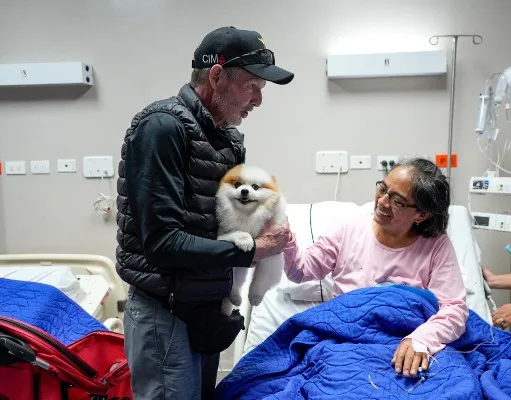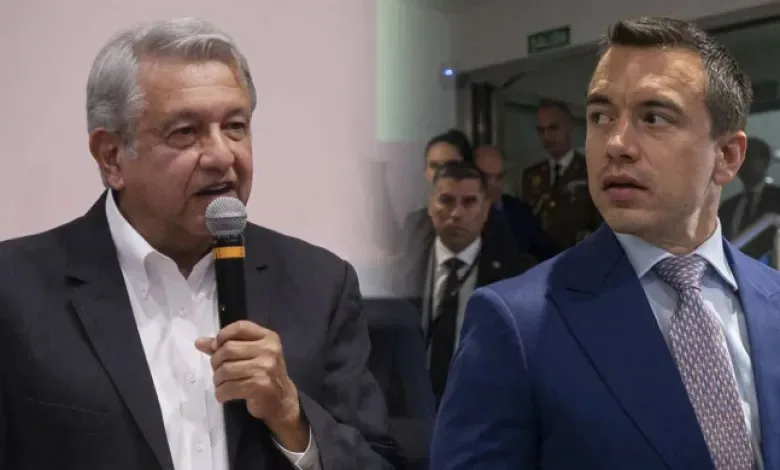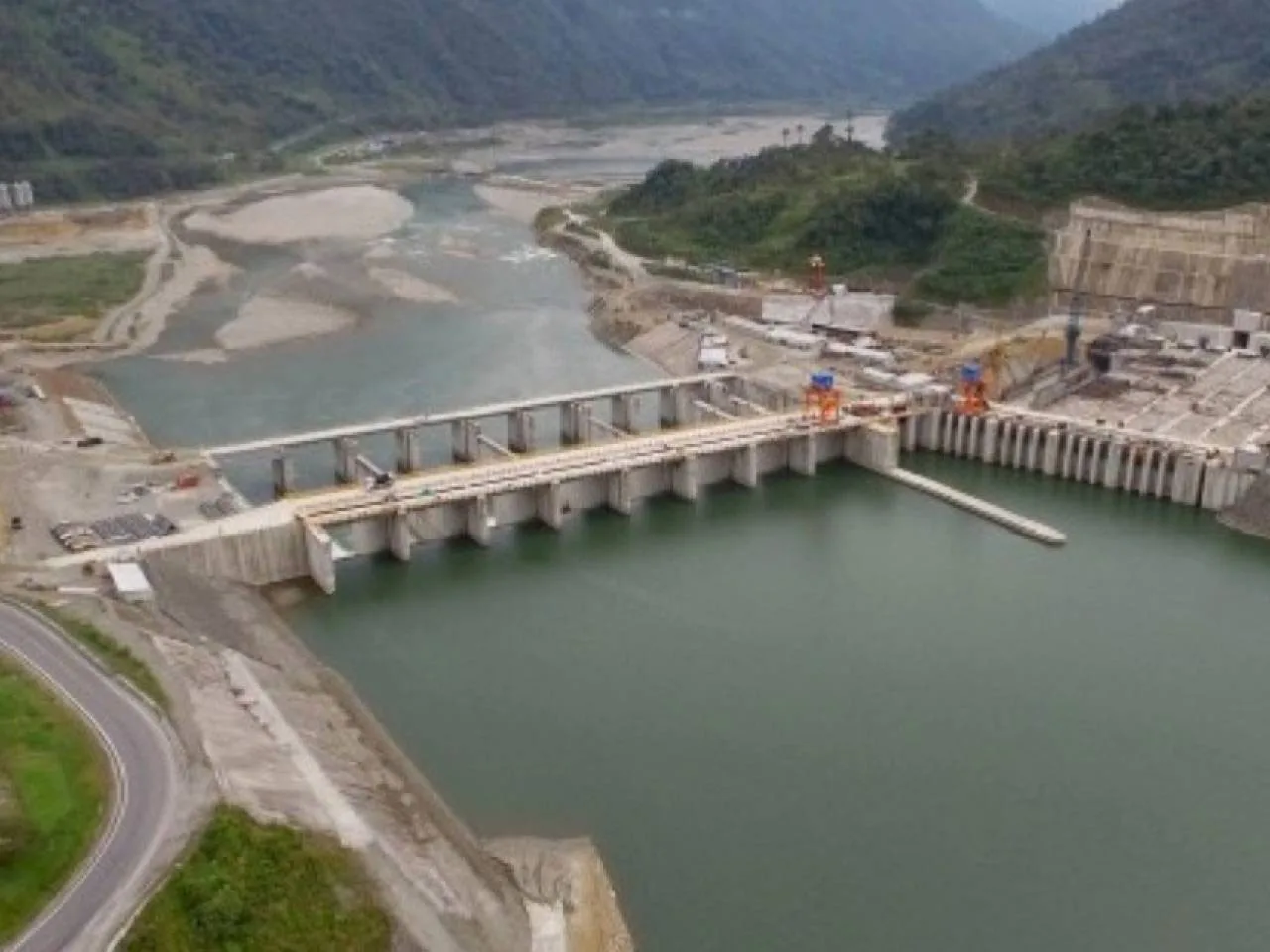Moments after delivering his Battle of Pichincha address in Loja in 1981, President Jaime Roldós died in a plane crash. Did the CIA assassinate him?
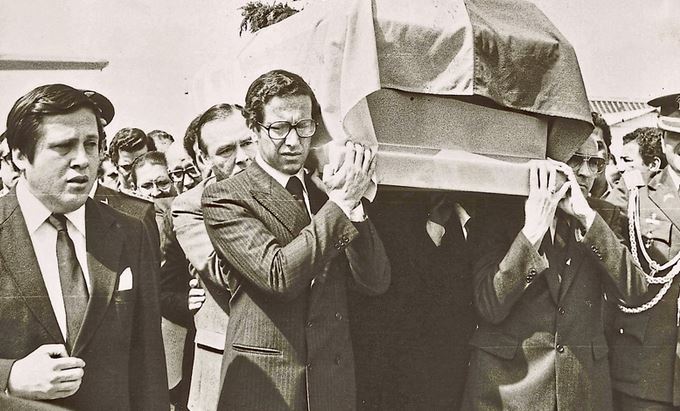
León Roldós (left) was appointed vice president a few days after his brother, Jaime Roldós, died in a 1981 plane crash. Osvaldo Hurtado Larrea (center) carries Jaime Roldós’ coffin.
By Sylvan Hardy
In his May 24, 1981 speech commemorating the Battle of Pichincha and Ecuador’s independence from Spain, President Jaime Roldós claimed that the fight for independence continued for Latin American countries. Ecuador should not become involved in “inconsequential entanglements,” he said, a reference to pressure by the U.S. to oppose leftist insurgencies in the region. Instead, he said the country should pick its battles wisely, as it did in 1822, and pursue a “humanist” agenda to improve the lives of its citizens.
Within a hour of the speech, Roldós and his wife Martha Bucaram were dead as their airplane exploded in mid-air, crashing into Huairapungo Mountain, 15 kilometers from Loja.
[On the 42nd anniversary of the death of Roldós and his wife, a new documentary, “Por las Geografías de la Catástrofe del 24 de mayo de 1981” (Geographies of the Catastrophe of May 24, 1981) was screened at the Teatro Muégano in Guayaquil. The film will be made available to the public in June.]
Did the U.S. government play a role in the tragedy? Was his death an assassination aimed at eliminating Latin American governments not in lockstep with Ronald Reagan’s Cold War strategy? More than nine years after Ecuador’s former attorney general Galo Chiriboga opened an investigation to determine the cause of the explosion that killed Roldós, there is no definitive answer.
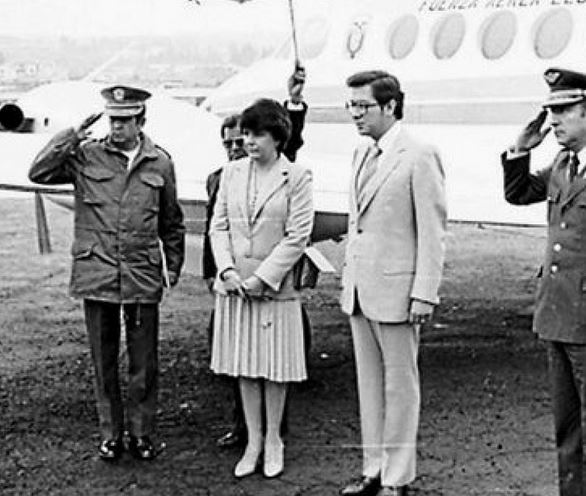
Jaime Roldos and his wife Martha shortly before they boarded the presidential aircraft on May 24, 1981, in Loja.
A CIA document released in 2014 reveals that Ecuador, like other South American countries, was part in the U.S.-backed Operation Condor plan from the 1970s to the mid-1980s. The U.S. State Department document said the plan was intended to maintain Latin America as the “backyard for the U.S.”
The document states that Ecuador, then under a military dictatorship, became part of Operation Condor in 1978, joining the dictatorships of Argentina, Bolivia, Brazil, Chile, Paraguay and Uruguay in endorsing state-sponsored terror to control what was perceived to be the threat of communism and to “eliminate subversive sectors of society.”
Ecuador’s office of the attorney general continues to investigate the 1981 plane crash that killed Roldós and his wife, based on U.S. and other evidence, that leftist or suspected leftist leaders were targeted throughout Latin America. In his book Confessions of an Economic Hit Man, writer John Perkins says that the CIA was responsible for Roldós’ death.
Roldós had been elected, following years of dictatorship, on promises of social reform and reducing U.S. influence in the country.
Although national police initially reported that Roldós’ plane was brought down by a bomb shortly after takeoff from the Loja airport, the national government at the time immediately sealed all information about the crash and labelled it an “accident.” Another investigation, in 1997, conceded that Roldós was assassinated but did not pursue the case further.
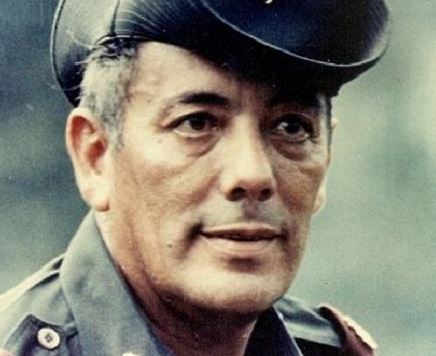
Panama’s President Omar Torrijos
Panama President Omar Torrijos died two months after Roldós in another air crash in which witnesses reported an explosion immediately before the plane touched down at a rural Panamanian airport. Like Roldós, Torrijos had criticized the U.S. role in Latin America and was working on programs of wealth distribution. He had successfully negotiated a treaty with U.S. President Jimmy Carter to return to the Panama Canal to local control, a treaty that President Ronald Reagan pledged to overturn.
Operation Condor activities increased dramatically after Reagan succeeded Carter as U.S. president.
In 2014, Chiriboga told the press, “We asked for documents in the United States to be declassified, in particular a CIA document, which establishes that Ecuador was one of the countries where Plan Condor operated. With this information, we are going to examine information of whether the accident which killed President Roldos was in fact an accident or was not an accident.”
The three-page CIA document stipulates that Ecuador’s intelligence services, along with its army, navy and air force, agreed to gather and share information with other states, monitor telecommunications and engage in psychological warfare as part of the plan. It also outlines Ecuador’s relationship with Argentine and Chilean officials who installed telecommunications systems in the country and offered scholarships and training to the Ecuadorian military. The activities were continued by the Ecuadorian military after Roldós was elected without his knowledge.
“The CIA financed an entire network of people to work in their interests,” said Cuenca journalist Francisco Herrera Arauz, who recently co-authored the book The CIA Against Latin America, Special Case of Ecuador, which examines CIA interventions during the period. “They wanted to destroy communism and affect the position of sovereignty of Ecuador to break its relations with Cuba. This was not good in the eyes of the CIA and caused us a lot of damage. It is the period in which the left experienced the greatest repression.”
The countries involved with Operation Condor agreed to share information, and work to eliminate leftist groups within their borders, as well as persecute those seeking refuge abroad,” according to Arauz. Operation Condor knew no borders, as U.S.-funded death squads and extra-judicial killings were common throughout the region, he said.
A former member of the revolutionary guerrilla group Alfaro Vive ¡Carajo!, Mireya Cardenas, described the work Operation Condor: “In our case, the CIA destroyed a building one night in Cuenca. And they assassinated our friends. There were infiltrators also, who were paid over a period of two years, three years,in dollars, when the Ecuadorian currency was the sucre.”
Former CIA agent Philip Agee confirmed that he delivered money for bomb-making in Cuenca. The bombs, set off in public areas such as Parque Calderon, were intended to scare the public, he said. “We would blame them on left-wing political groups and fed this information to the media,” he said.
Agee added that he infiltrated suspected leftist groups in Cuenca, attending meetings at the Raymipampa restaurant, next the cathedral.
An estimated 60,000 people were killed as a result of Operation Condor by its conclusion in the mid-1980s. Through investigations of the death of Roldós, the cases of the Alfaro Vive ¡Carajo! and other affected individuals and groups, Ecuador and the other countries making up this plan are working to uncover the truth of this period and provide justice for those victims of crimes against humanity.







